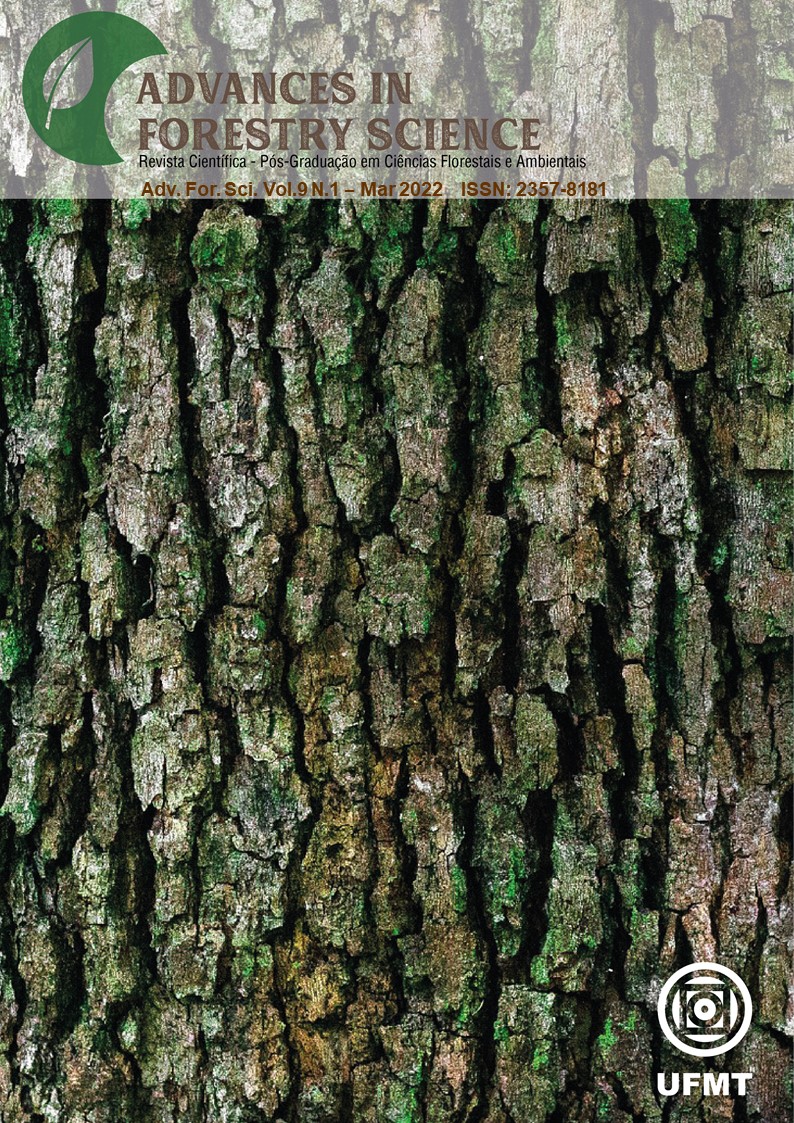Spatial distribution patterns of natural regeneration of Mimosa scabrella and Ocotea puberula in areas under passive restoration in the Southern Plateau of Brazil
DOI:
https://doi.org/10.34062/afs.v9i1.12997Abstract
The evaluation of spatial patterns of native species in areas under restoration is important for understanding population ecology and the influence of degradation on species distribution. The aim of the study was to analyze the spatial distribution patterns of the natural regeneration of Mimosa scabrella and Ocotea puberula in areas under passive restoration post-harvest of Pinus taeda at different ages. Natural regeneration was accounted for in 16 plots, at the ages of four and 10 years of restoration. Abundance, density and absolute frequency were calculated. Species spatial distribution patterns were obtained from Payandeh, Hazen and Morisita indexes. The results obtained for each index were qualitatively compared to verify distinctions as a function of the tested indexes and age of restoration. The density of regenerants was submitted to the Kruskal-Wallis test (p<0.05). For density, no differences were found between the restoration ages for both species. M. scabrella presented aggregated spatial distribution at four years and random distribution at 10 years of restoration. O. puberula showed the aggregate pattern at both ages. The indexes showed the same distribution trend for the species, varying only the nomenclature used. Density variation was the main aspect that contributed to the different patterns observed for the species. Both species show good regeneration capacity in post-harvest areas of P. taeda, presenting different responses regarding the spatial distribution status as a function of the age of restoration.
Downloads
Downloads
Published
Issue
Section
License
All copyright must be assigned to the Federal University of Mato Grosso.

